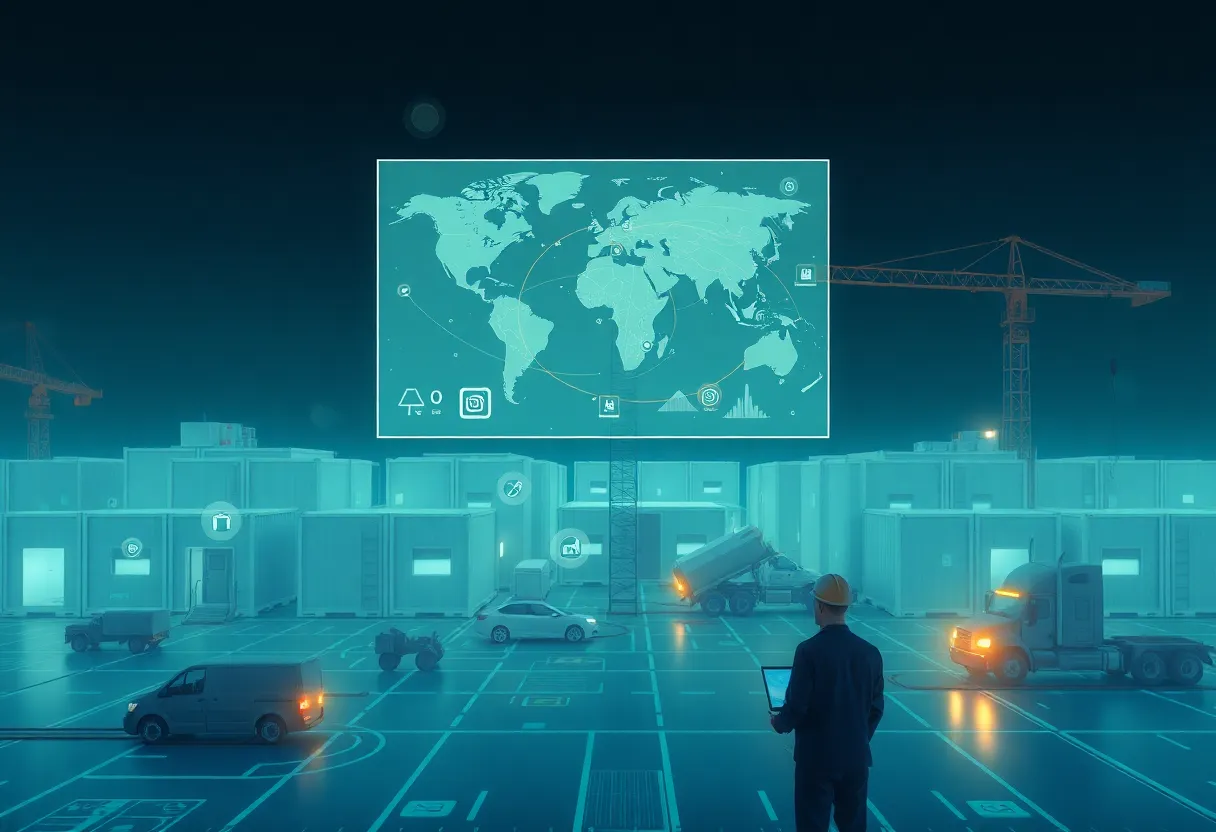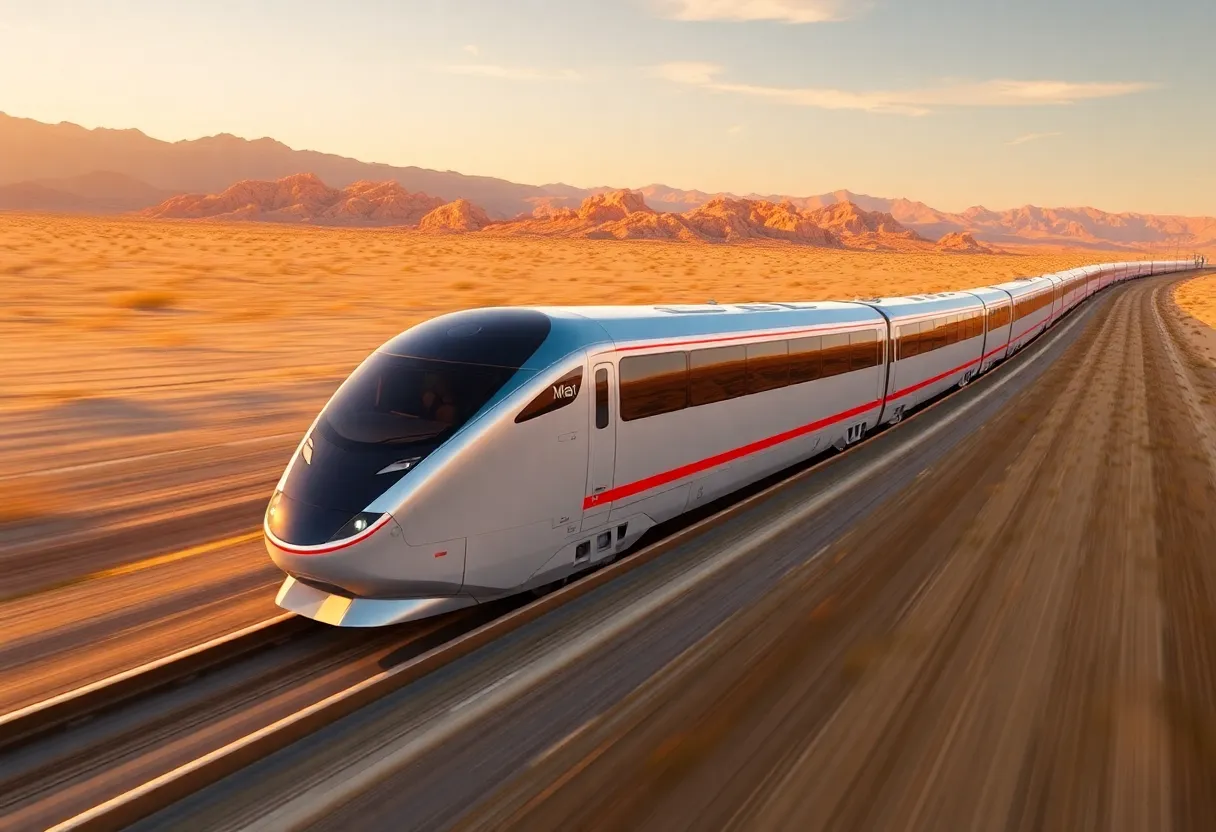Ansan, South Korea, August 15, 2025
News Summary
A research team at Hanyang University ERICA has developed a digital twin–enabled facility management system (DT-FMS) tailored for relocatable modular buildings. The framework integrates BIM, IoT and GIS across three layers—physical, digital and service—to enable real-time monitoring, lifecycle performance analysis, logistics simulation and decision support for module distribution and reuse. A field case using a relocatable modular school project in South Korea demonstrated improved management efficiency, better-informed relocation planning and enhanced potential for circular reuse. The study highlights needs for platform interoperability and workforce training to scale digital twin solutions in modular construction.
Hanyang University team publishes digital‑twin facility‑management framework to boost relocatable modular building operations
What’s new: A research team led by an associate professor in the School of Architecture & Architectural Engineering at a South Korean university has published a new digital twin–enabled facility management system (DT‑FMS) designed specifically for relocatable modular buildings (RMBs). The study, appearing in a 2025 issue of a peer‑reviewed construction automation journal (DOI: 10.1016/j.autcon.2025.106249), describes an integrated framework that brings together building information modeling (BIM), Internet of Things (IoT) sensors and geographic information systems (GIS) to enable real‑time monitoring, logistics simulation and lifecycle decision support.
Key publication details
The story page summarizing the research is dated August 14, 2025 and attributed to the university campus. It states the write‑up was edited by an editor named Gaby Clark and reviewed by Robert Egan in an associate editorial role. The page indicates the content underwent editorial review, fact‑checking and proofreading. A note on the page also states that the summary text was automatically generated using a large language model.
What the system does
The DT‑FMS links three technology domains. BIM is used for robust 3‑D modeling and storing comprehensive building information. IoT supplies live sensor feeds for conditions and performance. GIS adds geographic and location data to support routing, placement and relocation logistics. Together these inputs feed a digital replica of modular assets that supports monitoring, predictive analysis and operational decisions across a module’s lifecycle.
How the framework is organized
The published framework is arranged into three interconnected layers:
- Physical layer: supports real‑time tracking and communication among physical resources, modular units and people, explicitly including stakeholders, engineers and workers.
- Digital layer: contains modeling tools, data integration pipelines and analytics routines that produce the live digital twin models.
- Service layer: provides user interfaces and applications that let managers monitor, control and interact with the DT framework to support lifecycle decisions.
Evidence from a case study
The team demonstrated the DT‑FMS using a relocatable modular school system in South Korea. Results showed improved management efficiency and clearer decision support for module distribution and reuse. Simulations and live tracking allowed planners to test reconfiguration and relocation scenarios, supporting faster, more informed choices about where and how to redeploy modules.
Broader implications for reuse and circular methods
The researchers frame the DT‑FMS as a tool for advancing circular‑economy practices in modular projects by making reuse, reconfiguration and optimal relocation of units easier and more predictable. They argue that a digital twin that fuses BIM, IoT and GIS can reduce waste and increase asset value across repeated project cycles by improving planning and logistics.
Context in the modular construction sector
Industry developments highlighted alongside the study show modular construction expanding in scope and scale. Manufacturers and contractors have been producing modular residential prototypes sized for mid‑ and high‑rise use, and public agencies have announced roadmaps to commission thousands of modular units over coming years. Reported operational benefits include shorter timelines, consistent quality and lower on‑site labor needs, though challenges remain in code compliance, transport limits, heavy lifting requirements and upfront factory and logistics costs that can create a price premium over traditional methods. Several large firms are pursuing international modular work, and reports show rapid market growth projections through the late 2020s.
Additional modular‑related developments noted on the same page
Among other items presented alongside the research were industry announcements ranging from modular weapon payload platforms to factory‑based apartment prototypes and large modular delivery targets in overseas programs. The material underscored the varied applications and rapid R&D momentum within modular product lines and logistics systems.
Practical notes and transparency
The summary page includes a standard set of reader interaction tools such as sharing options, a feedback mechanism and a public comments area. It also provides guidance for contacting the site for general inquiries and notes privacy and cookie practices related to navigation, analytics and third‑party content. The page explicitly states that email addresses entered for contact purposes are used only to identify the sender and are not retained by the publisher.
Paper citation
Truong Dang Hoang Nhat Nguyen et al., “Digital twin framework to enhance facility management for relocatable modular buildings,” Automation in Construction (2025). DOI: 10.1016/j.autcon.2025.106249.
Frequently Asked Questions
What is a digital twin in this study?
The study defines a digital twin as a digital replica of physical modular assets that merges live sensor data, modeled building information and geographic context to enable monitoring, analytics and decision support.
Which technologies are integrated in the DT‑FMS?
The system integrates BIM for 3‑D and metadata modeling, IoT for live sensor feeds, and GIS for geographic and logistics data.
What practical benefits were reported?
The published case study reported improved management efficiency, more informed module distribution and reuse decisions, and better logistics planning for relocatable modular buildings.
Is the DT‑FMS ready for commercial deployment?
The research demonstrates a practical prototype and case study results but further field trials and integration with existing factory and logistics systems would likely be required before broad commercial rollout.
Where can I read the full paper?
The full article is published in a 2025 issue of a peer‑reviewed construction automation journal and can be located using DOI: 10.1016/j.autcon.2025.106249.
Key features of the DT‑FMS
| Feature | Description |
|---|---|
| Integrated modeling | Combines BIM data with IoT feeds and GIS context to build a live digital twin. |
| Three‑layer architecture | Physical, digital and service layers separate hardware, analytics and user interaction. |
| Real‑time monitoring | Sensor data supports live condition tracking and alerts. |
| Logistics simulation | GIS‑enabled routing and placement simulations support relocation and reuse planning. |
| Lifecycle decision support | Analytics and scenario testing help owners and managers make operational choices across reuse cycles. |
| Circular economy focus | Designed to enable reuse, reconfiguration and optimal relocation to minimize waste and maximize value. |
Deeper Dive: News & Info About This Topic
Additional Resources
- Tech Xplore: Digital‑twin framework for relocatable modular buildings (Hanyang University)
- Wikipedia: Digital twin
- Korea Bizwire: Modular construction takes off in South Korea
- Wikipedia: Modular construction
- Korea Bizwire: LG’s modular smart cottage in Korea
- Google Search: smart modular cottage South Korea
- Reuters: South Korea plans two new large nuclear reactors
- Encyclopedia Britannica: Search — South Korea nuclear power
- Bloomberg: South Korea turning to small reactors
- Google Scholar: small modular reactors South Korea
Author: Construction CA News
The CALIFORNIA STAFF WRITER represents the experienced team at constructioncanews.com, your go-to source for actionable local news and information in California and beyond. Specializing in "news you can use," we cover essential topics like product reviews for personal and business needs, local business directories, politics, real estate trends, neighborhood insights, and state news affecting the area—with deep expertise drawn from years of dedicated reporting and strong community input, including local press releases and business updates. We deliver top reporting on high-value events such as the Rose Parade, Coachella, Comic-Con, and the California State Fair. Our coverage extends to key organizations like the California Building Industry Association and Associated General Contractors of California, plus leading businesses in technology and entertainment that power the local economy such as Apple and Alphabet. As part of the broader network, including constructionnynews.com, constructiontxnews.com, and constructionflnews.com, we provide comprehensive, credible insights into the dynamic landscape across multiple states.




